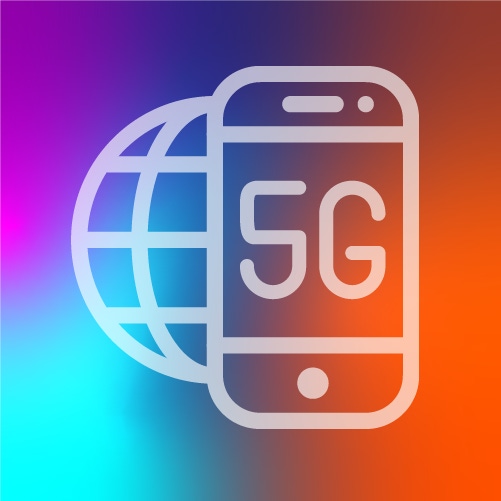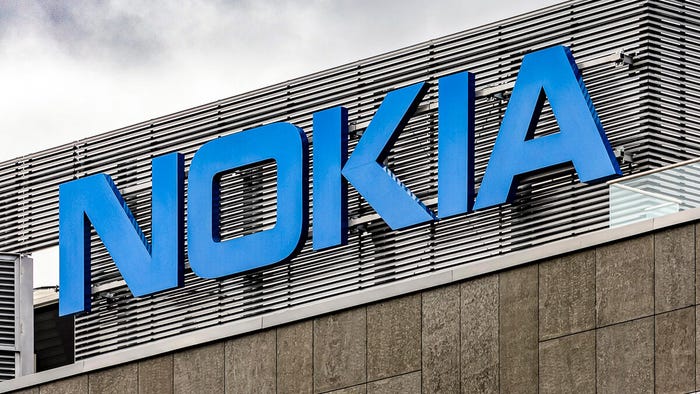Nokia, Ericsson go 5G network slicing with Google
Scandinavian duo tap into URSP tech running over Google Pixel 6 (Pro) devices to trial network slicing aimed at both the enterprise and consumer markets.

Nokia and Ericsson, with the help of UE route selection policy (URSP) tech, have demonstrated 5G network slicing capabilities in separate trials with Google.
At Nokia's network slicing development center in Tampere, Finland, the Finnish supplier said it showcased slicing over "4G/5G" networks where URSP tech worked together with Google Pixel 6 (Pro) phones running Android 13.
URSP capabilities, according to Nokia, enable a smartphone to "connect to multiple network slices simultaneously via different enterprise and consumer applications depending on a subscriber's specific requirements."
Figure 1:  Nokia and Ericsson will trial network slicing aimed at both the enterprise and consumer markets.
Nokia and Ericsson will trial network slicing aimed at both the enterprise and consumer markets.
(Source: Paweł Czerwiński on Unsplash)
Variables that can apparently be tinkered with using URSP include network performance, traffic routing, latency, and security.
The Tampere trial also included LTE-5G New Radio slice interworking functionality, enabling operators – again, according to Nokia – to "maximally utilize existing network assets such as spectrum and coverage."
Although network slicing appears some way off as a widespread commercial proposition, Nokia described what it clearly thought were attractive network slicing scenarios.
An enterprise customer might send business-sensitive information using a secure and high-performing network slice, for example, while participating in a video call using another slice at the same time.
Consumers on the other hand, conjectured Nokia, might receive personalized network slicing services for cloud gaming, say, or high-quality video streaming.
And in the Ericsson corner…
Ericsson wheeled out a similar description of a successful 5G network slicing trial using its own kit in combination with URSP tech and Google Pixel 6 (Pro) devices using Android 13.
The Swedish manufacturer highlighted more of the revenue-generating angle, however, citing a GSMA report which projects that network slicing in the enterprise segment will be worth $300 billion by 2025.
Want to know more? Sign up to get our dedicated newsletters direct to your inbox.
According to Ericsson, Android 13 will allow for up to five enterprise-defined slices to be used by the device's work profile.
In situations where no USRP rules are available, continued Ericsson, carriers can configure their network so traffic from work profile apps can revert to a pre-configured enterprise APN connection. It means the device, according to the Swedish supplier, will always keep a separate mobile data connection for enterprise-related traffic even if the network does not support URSP delivery.
Related posts:
— Ken Wieland, contributing editor, special to Light Reading
Read more about:
EuropeAbout the Author(s)
You May Also Like




_International_Software_Products.jpeg?width=300&auto=webp&quality=80&disable=upscale)







